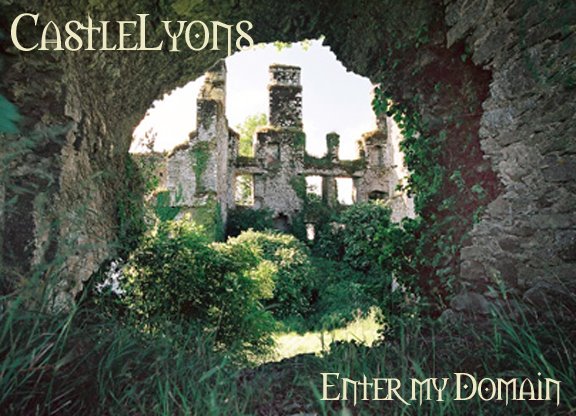Once you have chosen your charges (symbols or emblems) and placed them on the appropriate color shield, your shield is done and you’re ready to place the finishing touches. These finishing touches could take as much time and effort as the components of the shield.
The finishing touches include the helmet, mantle, crest, motto, and blazon. In this posting, we’ll talk about the helmet, mantle, and crest.
For the helmet and mantle, a great deal of flexibility is granted. What this means is that if you have a historical coat of arms for your family name, you are not bound to keep the same helmet or mantle design. So feel free to adopt or design a helmet and/or mantle that best suits you. Or you can leave them off. A helmet and mantle are not a necessary part of the coat of arms.
Helmet
Many helmet types exist, or you could create your own. A few examples are shown below. The only real rule here is that the helmet should face toward the dexter side.
In some marshalled arms (combination of husband and wife), there are two helmets, which face each other, like this one that I created for my daughter and her husband (left).
Also note the red label (mark of cadence for the firstborn) on the Gallinger quarters, and the red cresent (mark of cadence for the second-born) on the Lyons quarters. (Marks of cadence can be any of the traditional colors. My daughter chose red [gules].)
You'll also see that the husband's name comes first on the banner (my daughter being a Lyons). This is because the husband's coat appears on the dexter side of the shield (quarter 1), having the dominant position. So I placed his crest and name above quarter 1.
Mantle
The mantle is a representation of the owner’s cloak. In antiquity, the family arms were depicted on the cloak, or coat, thus the term “coat of arms.” In early designs, the mantle appeared as a cloak draped around the shield. Later on, intricate leafy patterns were used. Whatever style you choose, you’ll want to use colors that are complementary to your shield. In the Gallinger-Lyons coat shown here, note the red and white leafy arrangement around the shield.
Crest
The term “crest” properly applies to the charge (symbol or emblem) that is placed above the helmet. Often you’ll hear the term “crest” being applied to the entire coat of arms. This is actually a misnomer that has come into popular usage.
Many families do not have a crest on their coats of arms. You may choose to use one or not, as you desire.
The crest can come out of the helmet, in which case you may want to place a “torse” on the top of the helmet. This is like a braided headband. Again, choose colors for the torse that will complement the shield. Typically, only one or two colors are used on a torse.
For examples of crests with torses, see the Gallinger-Lyons coat of arms above. The stag actually belongs to my son-in-law's mother's coat of arms. Here I took a bit of liberty, seeing as the mother's coat of arms placed the stag on the shield, not as a crest. I had left this up to my daughter's discretion, and this is what she chose.











it is not exceptable to let crests float they should be attached to the helmet by way of the wreath. The floating was only done when there was no helmet and then only in English heraldry and some time ago.
ReplyDeleteI stumbled across this blog and as I am interested in heraldry I read these messages, you clearly have some knowledge of heraldry but it could be expanded far more. A good place to start are these 2 forums where you can ask questions
http://amateurheralds.org/forum/
http://americanheraldry.org/
I stand corrected. I will remove that part from this entry.
ReplyDeleteI realize there could be a great amount of expansion, but my goal was to put this forth as simply as possible and keep the entries short. There's so much good info out there on the Net that I figured I didn't need to repeat it all here. This is more like an abbreviated study.
Thanks for your comment.